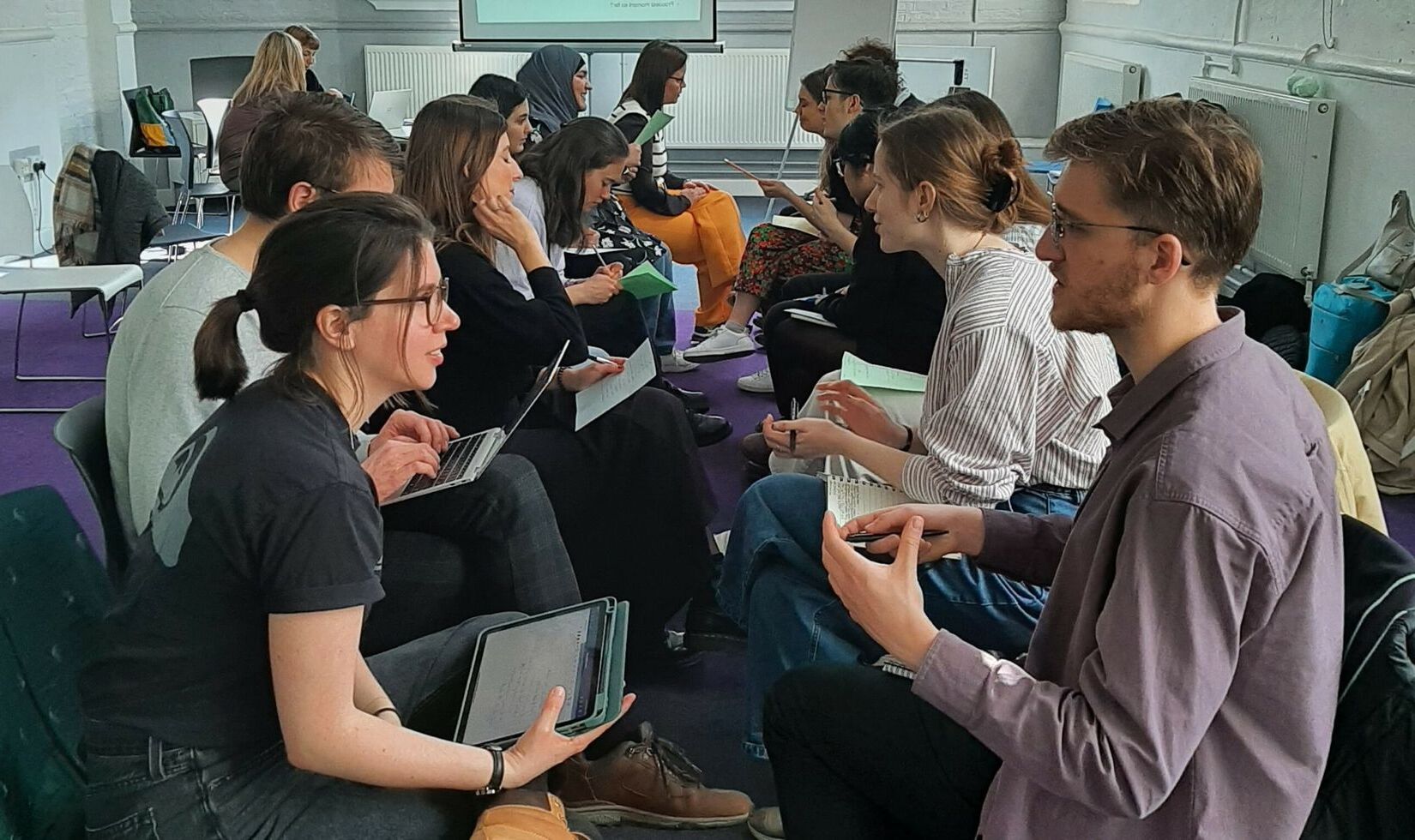
What is White Matter Hypoplasia? White matter hypoplasia is a rare neurological condition where the brain's white matter, responsible for transmitting signals between different brain regions, is underdeveloped. This can lead to various cognitive and motor impairments. Why should you care? Understanding this condition can help in recognizing symptoms early, seeking appropriate medical advice, and providing better support for affected individuals. Who does it affect? It can impact anyone, but symptoms often appear in early childhood. How is it diagnosed? Diagnosis typically involves MRI scans and neurological assessments. What can be done? While there's no cure, therapies and interventions can improve quality of life.
Key Takeaways:
- White matter hypoplasia affects brain development, leading to learning difficulties, impaired motor skills, and communication challenges. Early diagnosis and therapy can help manage symptoms and improve daily life.
- Ongoing research on white matter hypoplasia offers hope for future treatments, including stem cell research and genetic studies. Support networks and resources are available to assist families dealing with this condition.
What is White Matter Hypoplasia?
White matter hypoplasia is a neurological condition affecting the brain's white matter. This condition can lead to various developmental and functional issues. Here are some intriguing facts about white matter hypoplasia.
-
White matter hypoplasia refers to underdeveloped white matter in the brain, which is crucial for transmitting signals between different brain regions.
-
White matter consists of myelinated nerve fibers, which are essential for efficient communication within the brain.
-
Hypoplasia means incomplete development or underdevelopment of a tissue or organ.
Causes of White Matter Hypoplasia
Understanding the causes can help in early diagnosis and management. Here are some key causes of white matter hypoplasia.
-
Genetic mutations can lead to white matter hypoplasia, affecting the development of myelin.
-
Prenatal infections, such as cytomegalovirus, can disrupt brain development, leading to this condition.
-
Premature birth is a significant risk factor, as it can interfere with the normal development of white matter.
Symptoms and Diagnosis
Recognizing symptoms early can lead to better management. Here are some common symptoms and diagnostic methods.
-
Developmental delays are often the first sign, including delayed speech and motor skills.
-
Muscle tone abnormalities, such as hypotonia (low muscle tone), can be present.
-
Seizures may occur in some individuals with white matter hypoplasia.
-
MRI scans are the primary diagnostic tool, revealing underdeveloped white matter.
Impact on Daily Life
White matter hypoplasia can significantly affect daily activities. Here’s how it impacts individuals.
-
Learning difficulties are common, requiring special education services.
-
Motor skills can be impaired, making tasks like walking and writing challenging.
-
Social interactions may be affected due to communication difficulties.
Treatment and Management
While there’s no cure, various treatments can help manage symptoms. Here are some common approaches.
-
Physical therapy can improve motor skills and muscle tone.
-
Speech therapy helps with communication difficulties.
-
Occupational therapy assists in developing daily living skills.
-
Medications may be prescribed to manage seizures or muscle tone issues.
Research and Future Directions
Ongoing research aims to better understand and treat white matter hypoplasia. Here are some exciting developments.
-
Stem cell research holds promise for regenerating damaged white matter.
-
Genetic studies are identifying specific mutations linked to the condition.
-
Neuroimaging advancements are improving early diagnosis and monitoring.
Support and Resources
Support networks and resources are crucial for families dealing with white matter hypoplasia. Here’s what’s available.
-
Support groups provide a community for sharing experiences and advice.
-
Educational resources help families understand the condition and navigate challenges.
-
Financial assistance programs can help cover the costs of therapies and treatments.
-
Advocacy organizations work to raise awareness and funding for research.
-
Online forums offer a platform for connecting with others facing similar challenges.
Final Thoughts on White Matter Hypoplasia
White Matter Hypoplasia, a rare neurological condition, affects the brain's white matter, leading to various developmental and cognitive challenges. Understanding this condition is crucial for early diagnosis and intervention. Symptoms can range from motor skill difficulties to cognitive impairments, making it essential for parents and caregivers to stay vigilant. While there's no cure, therapies and supportive care can significantly improve quality of life. Research continues to advance, offering hope for better treatments in the future. Awareness and education about White Matter Hypoplasia can lead to earlier detection and better support for affected individuals. Stay informed, seek professional advice if you suspect any symptoms, and remember that early intervention can make a significant difference. By spreading knowledge, we can help those affected lead fuller, more independent lives.
Frequently Asked Questions
Was this page helpful?
Our commitment to delivering trustworthy and engaging content is at the heart of what we do. Each fact on our site is contributed by real users like you, bringing a wealth of diverse insights and information. To ensure the highest standards of accuracy and reliability, our dedicated editors meticulously review each submission. This process guarantees that the facts we share are not only fascinating but also credible. Trust in our commitment to quality and authenticity as you explore and learn with us.


